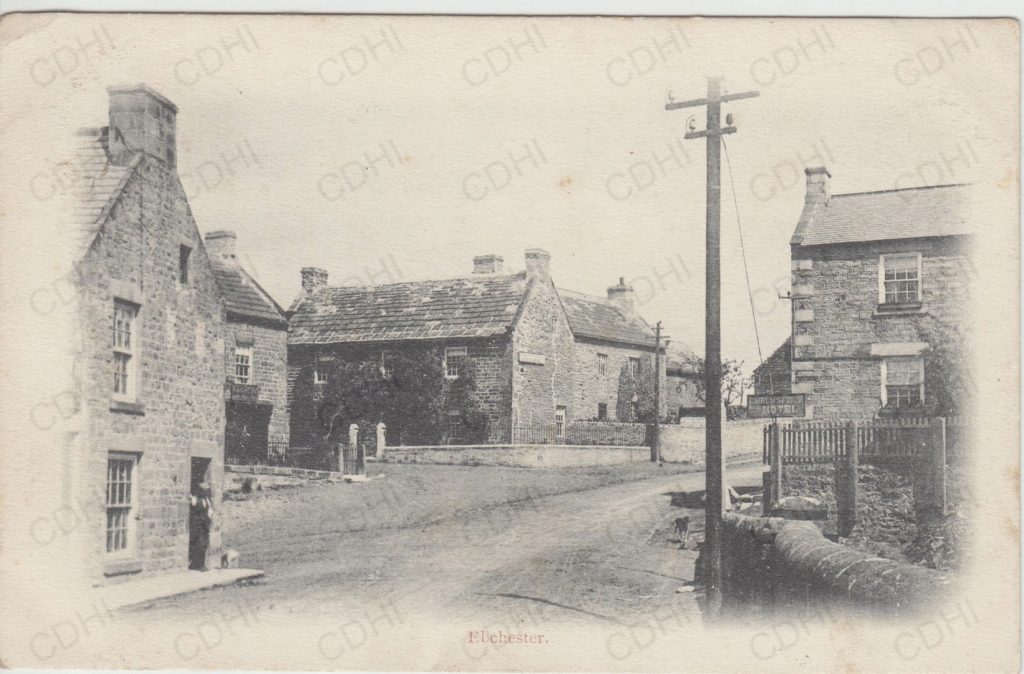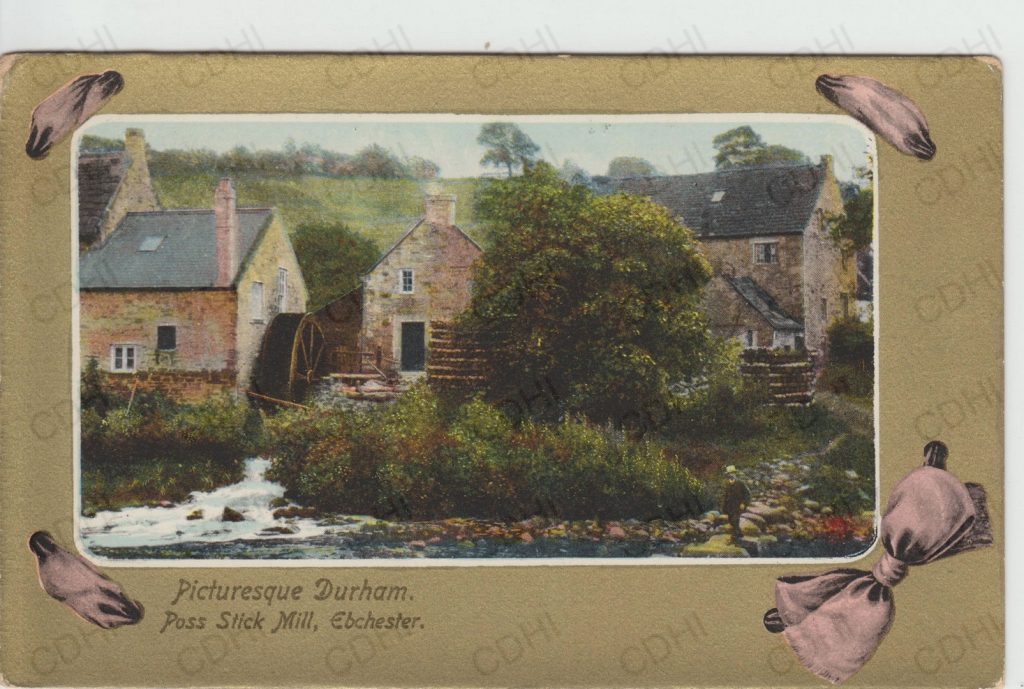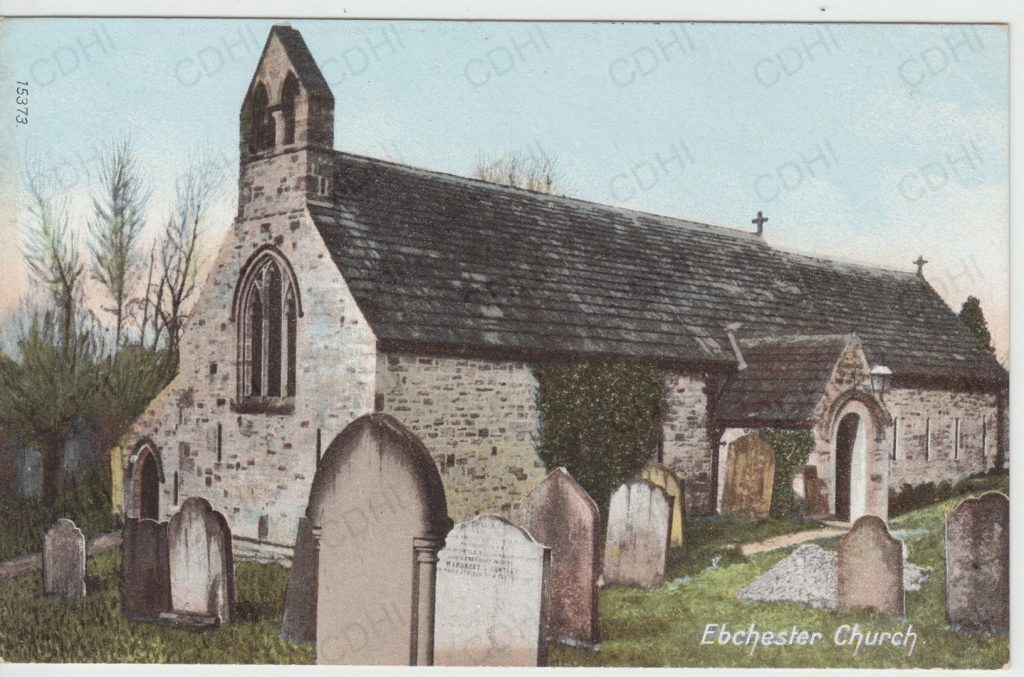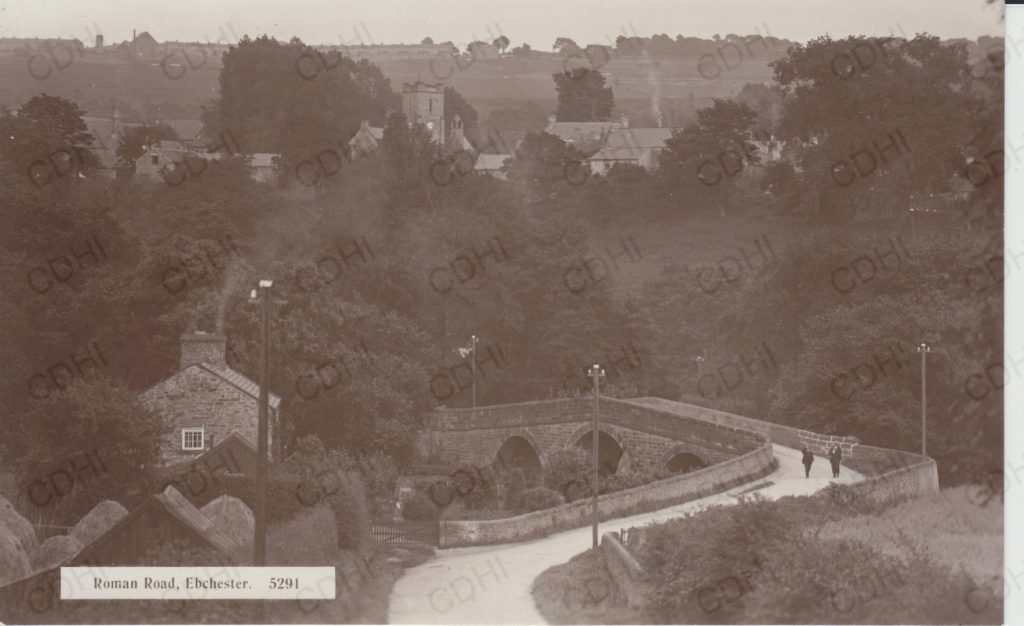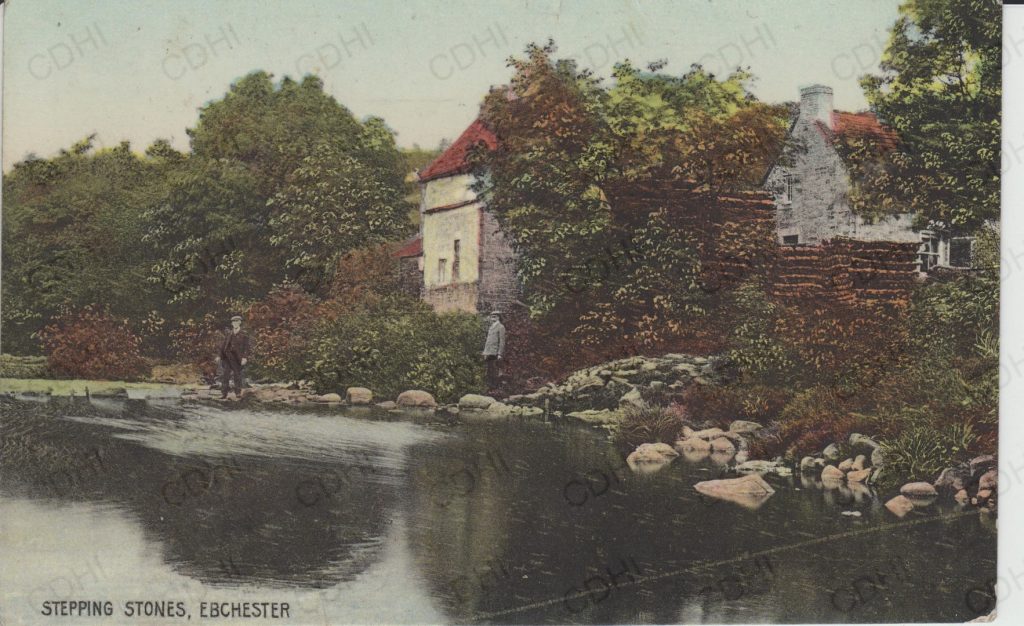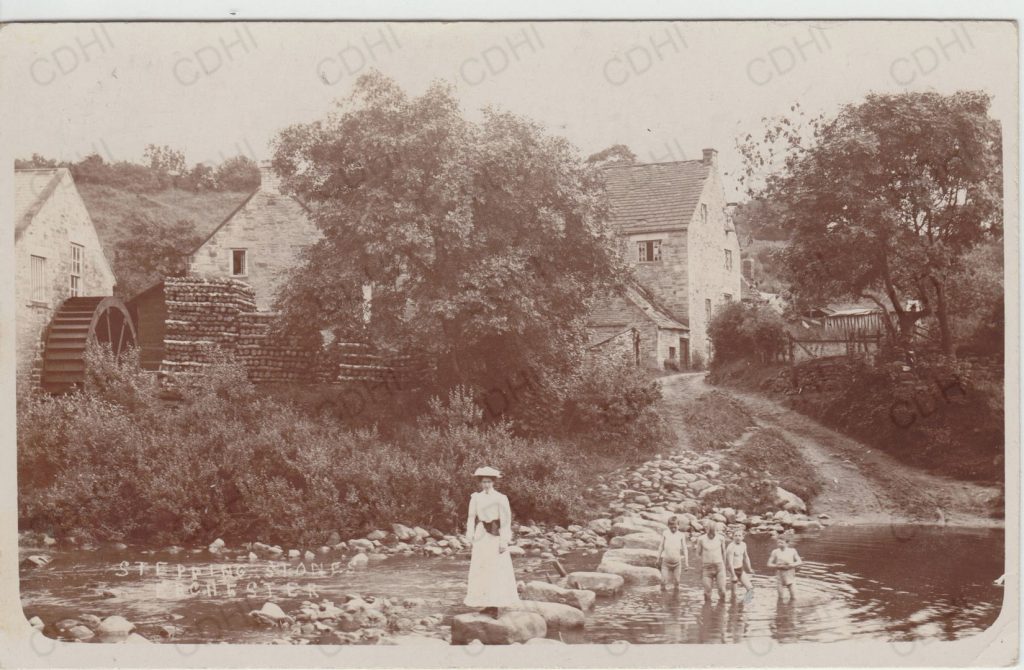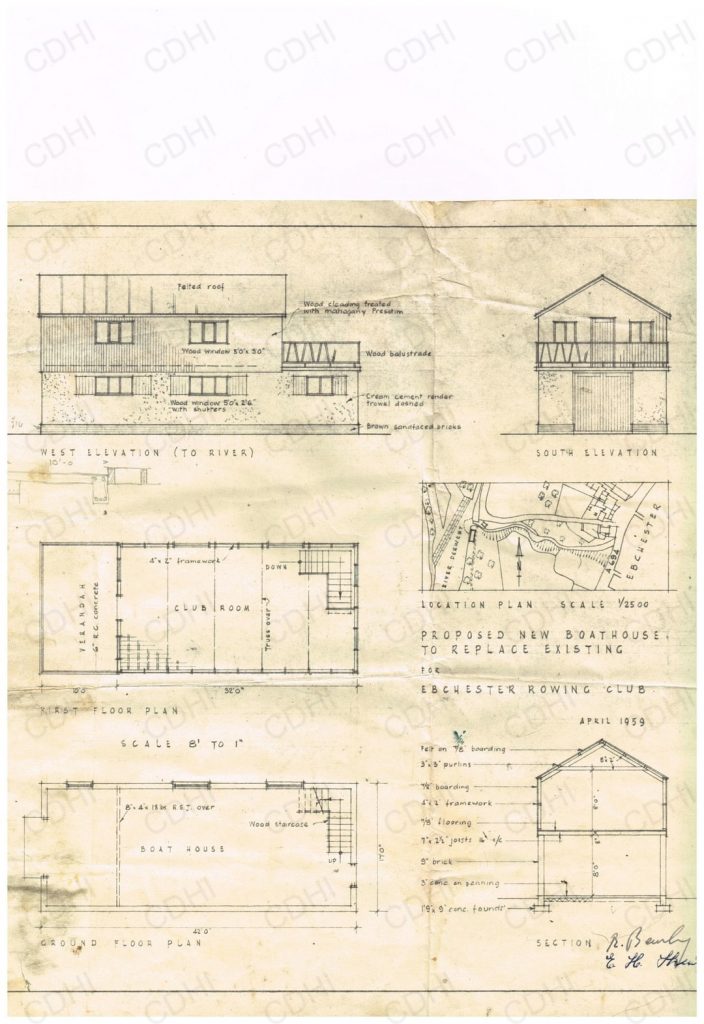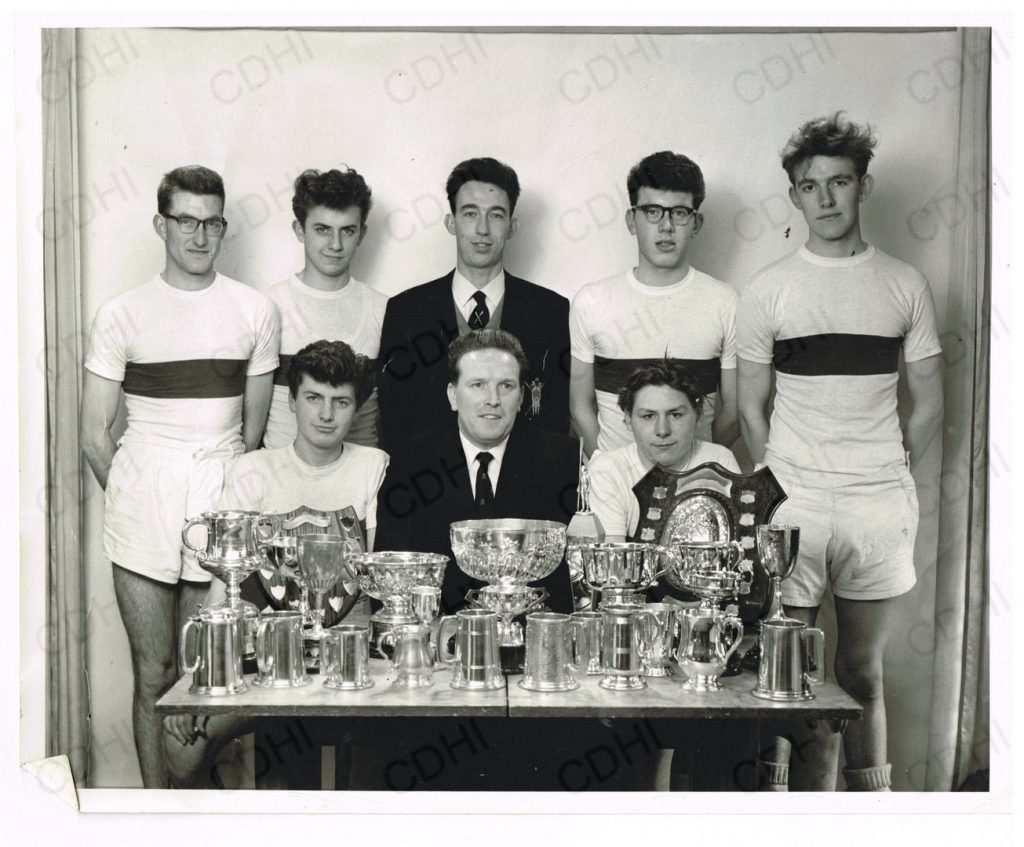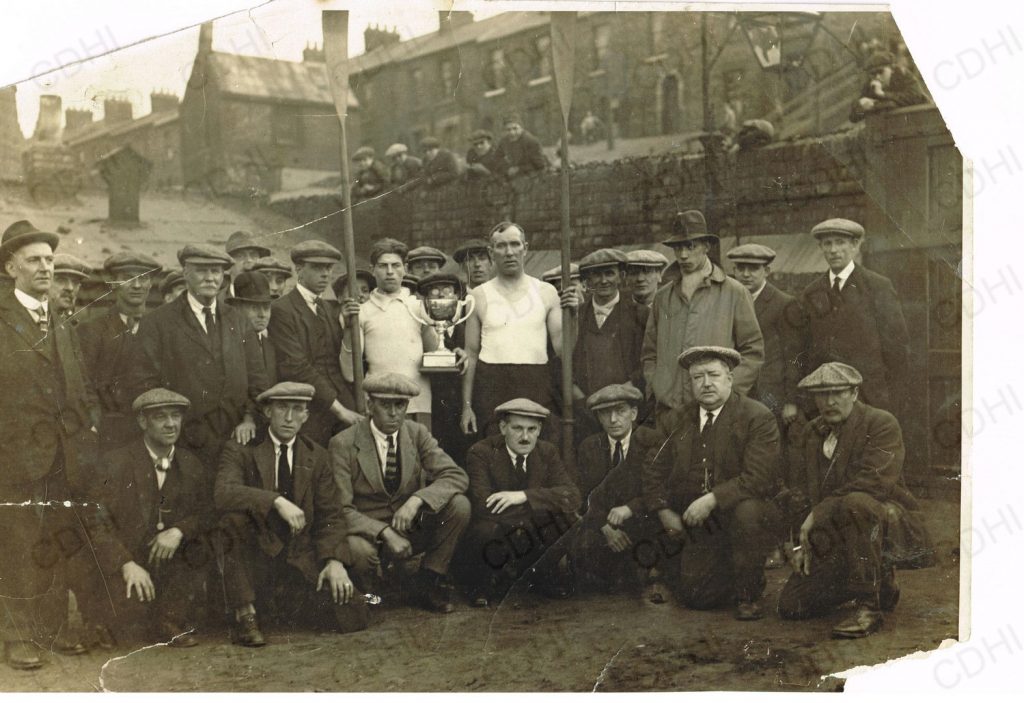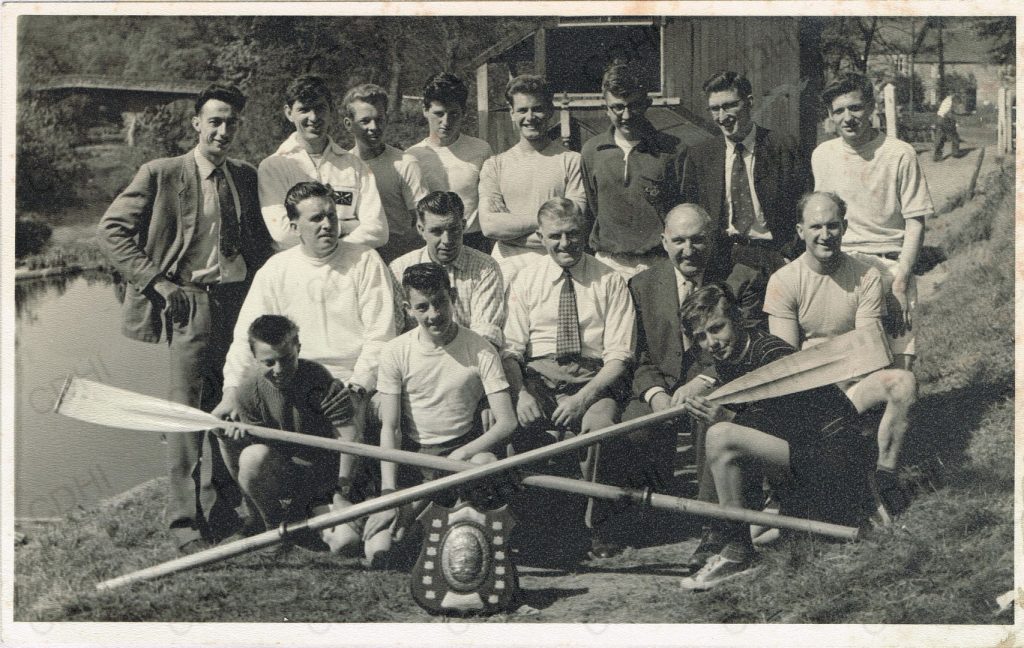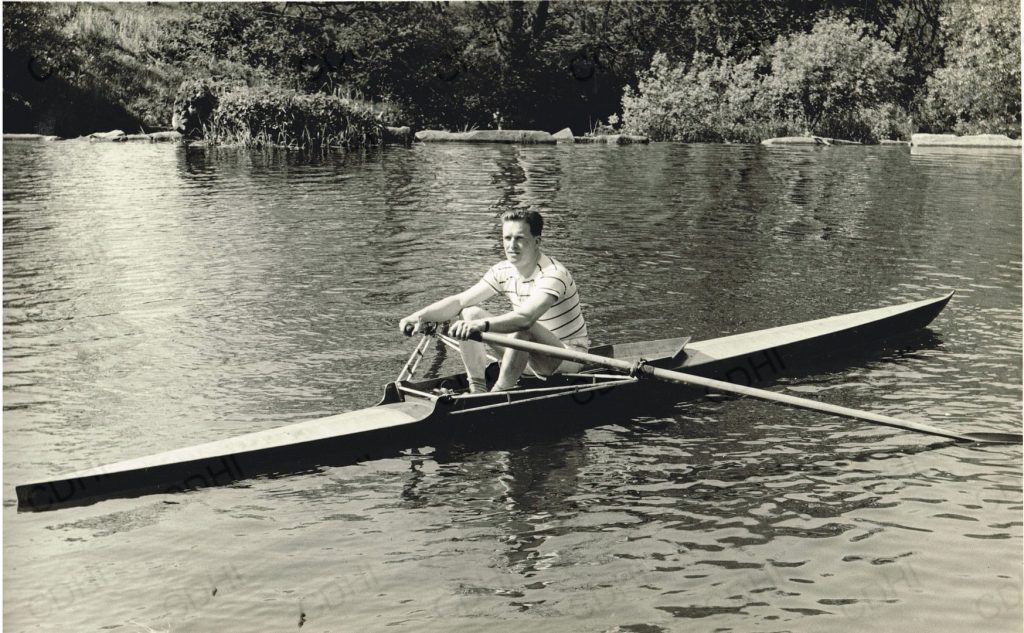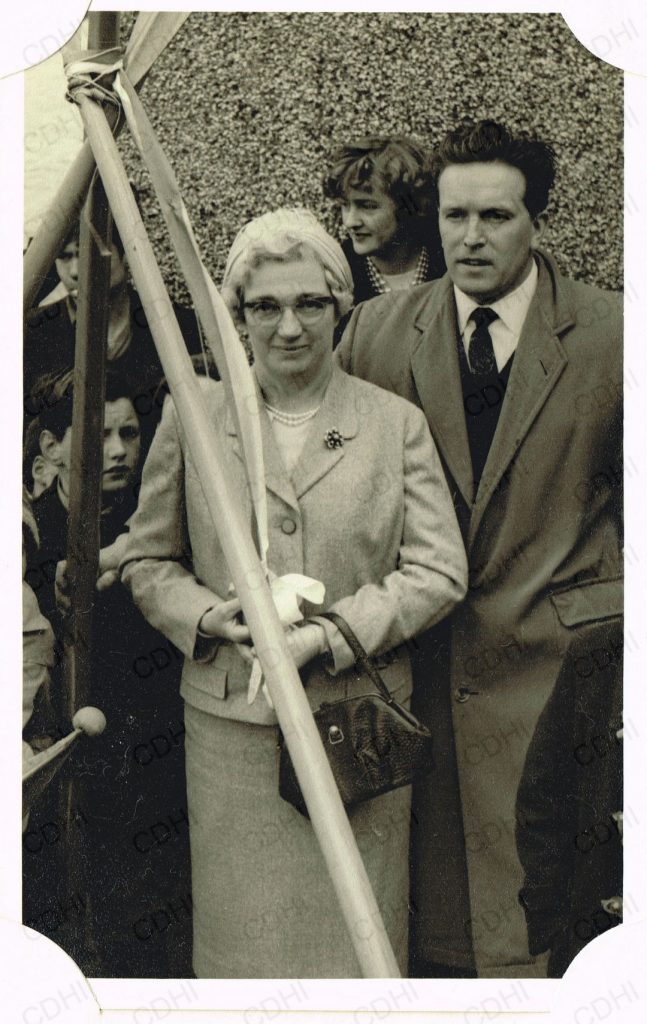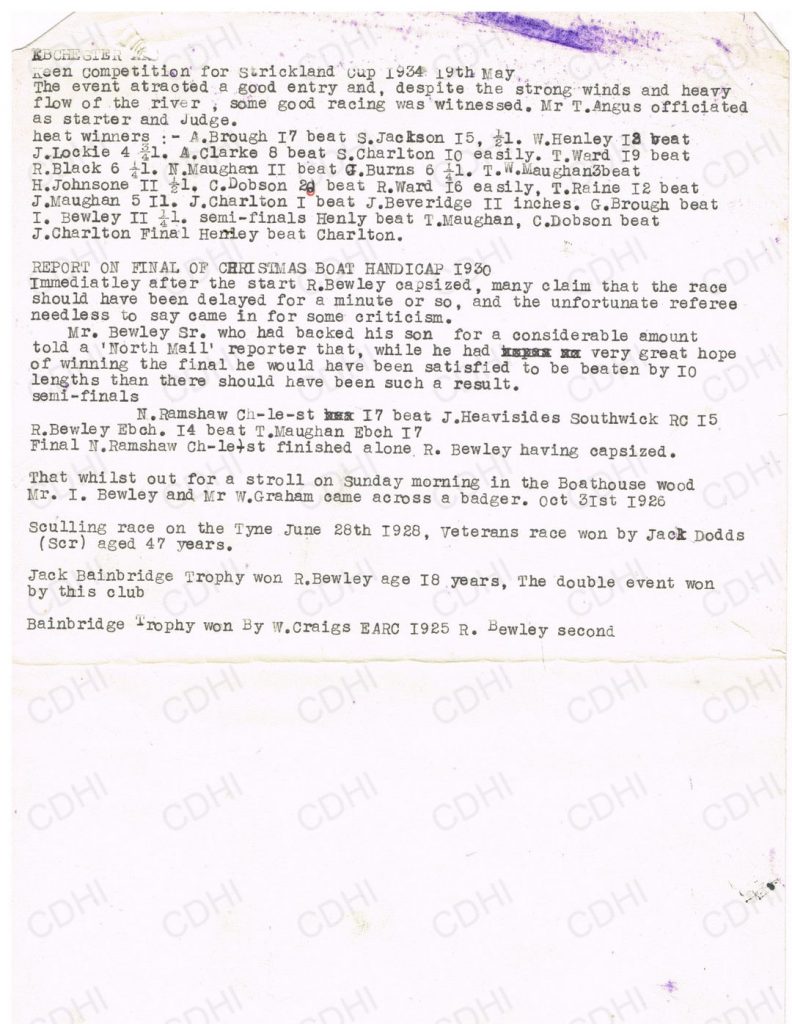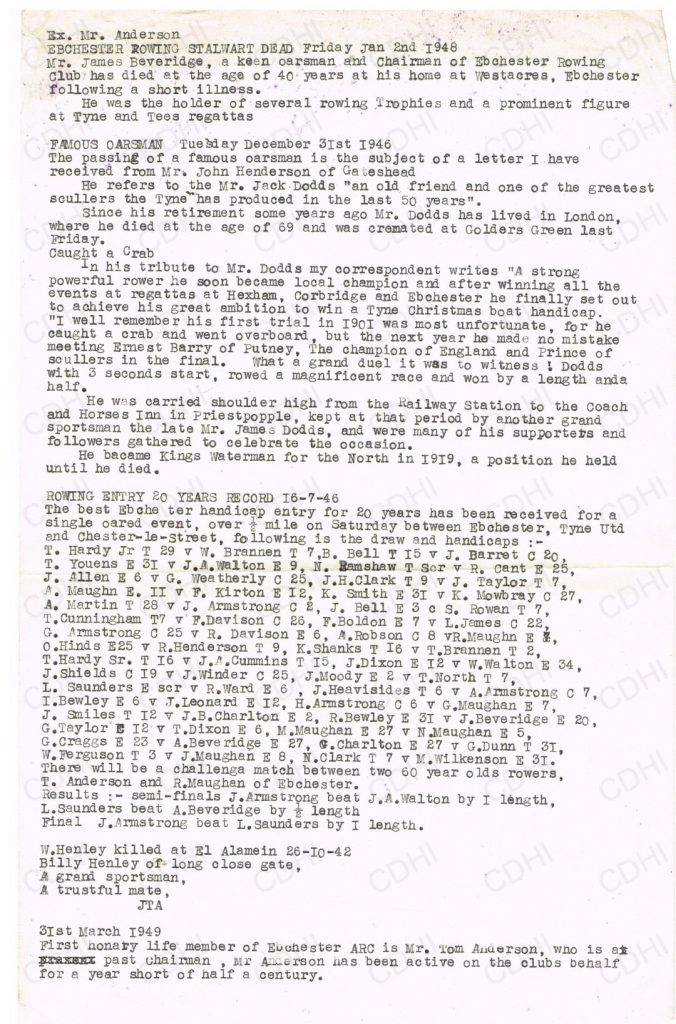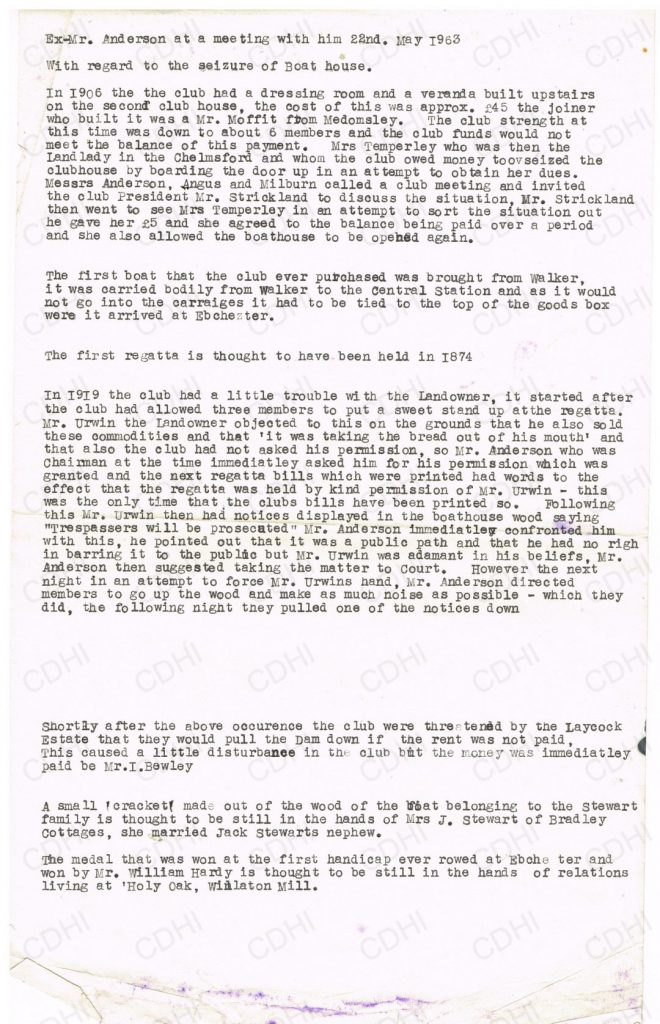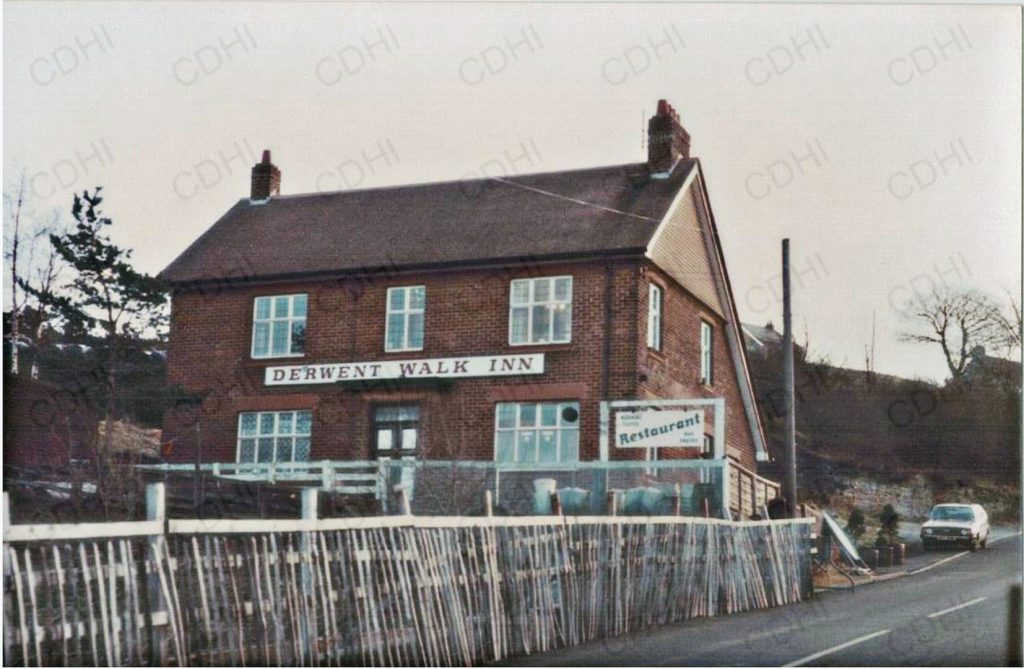[Curated by Robin Webb for the C&DHI ‘Legends & Folklore’ Exhibition held on 16 April at The Lodge in Blackhill & Consett Park.]
Near the village of Ebchester, according to traditional belief, there exists a cavern in which is hidden a large iron chest full of Roman money. Access to the cavern is through a subterranean passage said to exist under the village. The money chest is supposed to have been left by the Romans in the 5th Century, and a large Crow is said to be perched on its lid.
In 1727, Doctor Christopher Hunter a local antiquary from Medomsley, discovered part of the aqueduct which supplied the Roman baths in the southwest corner of the Fort. This find strengthened the local belief that the Money Chest did exist somewhere in and around the Fort .
In the 1830’s an old man who lived in Ebchester, and who profoundly believed the story, set himself to work and sunk several shafts in different parts of the village. He worked for a few weeks looking for the passage to where the buried treasure lay and finally gave up more through exhaustion than failing faith.
Local poet Joshua Lax in his poem ‘Ebchester’ referred to this story
`Tradition tells, and I repeat the story,
That neath this village, in some cave, was hid,
When Rome had boundless wealth and too had glory,
A chest of money, and upon its lid
A crow was perched, and some old man to rid
His brain whose nightly dreams oppressed him sore
Of doubt regarding what the Romans did,
Worked hard for weeks the treasure to explore,
But neither gold nor crow to light could e’er restore`

Ebchester Roman Fort
The modern village of Ebchester overlies the Roman Fort Vindomora .
The Fort was first built in AD 80 and was occupied until circa AD 420. Its name is derived from the Celtic language, ‘Black Moor Edge’, a name remarkably descriptive of the position and vicinity of Ebchester.
The Fort and permanent settlement were built when the Roman road, Dere Street, was extended north from York to Corbridge. The Fort accommodated up to 500 soldiers and provided an overnight staging-post on the route north for over 300 years.
The headquarters building is under Shaw Lane, immediately outside the churchyard gateway.
The Roman withdrawal saw the fragmentation of England into different kingdoms and tribes. Nevertheless, the Roman road remained the main north-south route until well into the nineteenth century.

Christopher Hunter (July 1675 – 1757) English Physician and Antiquarian
Christopher Hunter was born in July 1675, the only son of Thomas Hunter of Medomsley. He was educated at the free grammar school of Kepyer in Houghton le Spring and in 1692, he was admitted to St. John’s College, Cambridge. He took the degree of bachelor of medicine in 1698, and soon afterwards settled in practice at Stockton-on-Tees.
On 1 August 1702 he married Elizabeth Elrington at Durham Abbey. He became a regular visitor to the fine library at the Abbey, but was eventually refused access for spilling a bottle of ink over a valuable copy of Magna Charta.
Whilst carrying out his antiquarian work, he discovered coins, excavated altars, and traced roads and stations at both Lanchester and Ebchester Roman Forts.
In the spring of 1757 Hunter retired and moved to his wife’s estate at Unthank in the parish of Shotley, where he died on 12 July 1757. He was buried at Shotley Bridge Church.
His cabinets of Roman antiquities and coins were later acquired by the dean and chapter of Durham.
Joshua Lax – The Derwent Valley Poet
Joshua Lax was born in High Pittington, County Durham on the 17th September 1834, the son of George Lax a Pitman and later a Grocer and his wife Margaret. He showed remarkable intelligence from a young age reading and studying whenever he found the time.
In 1849 he began working as a Coal Miner in Pittington. At the age of only 18 and after working through numerous lower positions he so impressed his employer that he was placed in charge of dozens of his fellow workers on the lower management rung.
Joshua grew restless and unchallenged so when his older brother returned from Australia it gave him the boost to move on. The two packed up and travelled to Illinois in the United States. He lived and worked there for 8 years, revelling in the culture and the new experiences. Unfortunately Joshua became unwell and decided to return home in 1862. His travels continued for a further 2 years throughout England and Scotland eventually settling in Shotley Bridge, a place he would soon come to love and cherish. He very quickly made a name for himself both as a writer of poetry and a shrewd business man.
In 1874 Joshua met and married his wife Miss Anne Elizabeth McKeeth only daughter of John McKeeth of Villiers Street, Sunderland. Joshua’s appetite for both business and local standing grew and he soon found himself Head of Shotley Bridge Urban District Council. He also became manager of the North Eastern Bank Shotley Bridge. In 1884 his famous book “Historical and Descriptive Poems” was released.
Joshua passed away suddenly on Saturday 15th May 1897 at the age of 63. He was buried in Blackhill Cemetery on the 18th May 1897. He left behind an everlasting legacy within his written words. A true treasure and adopted son of the area.

